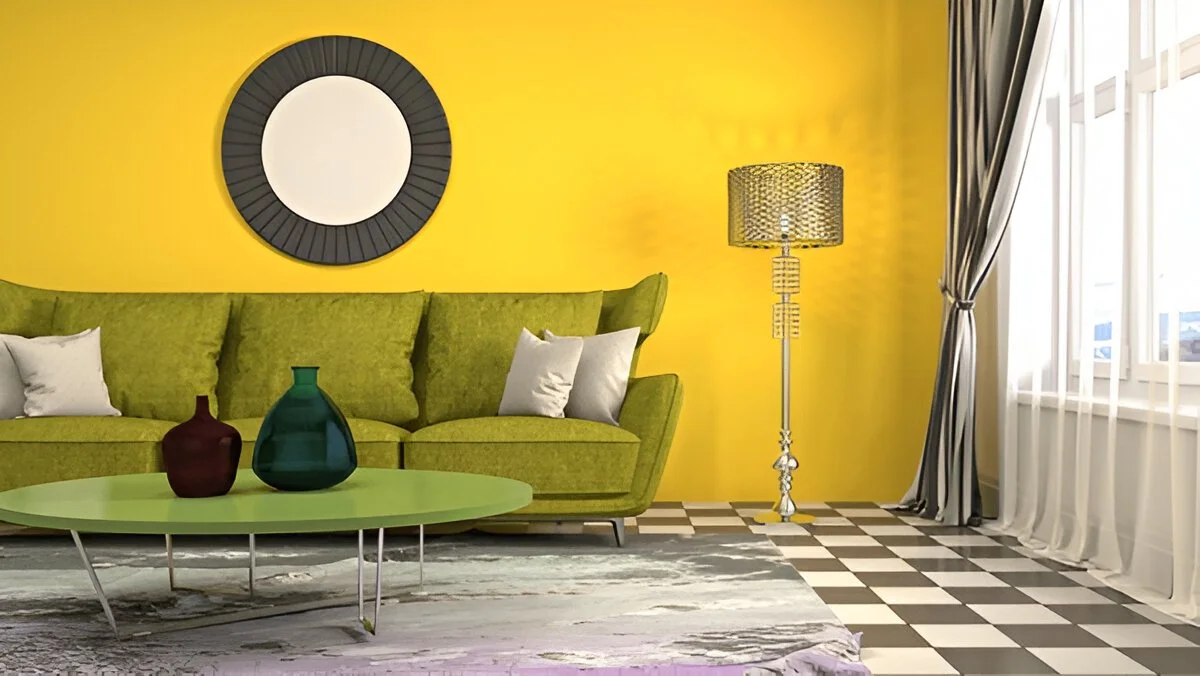Thriving in the Shadows: The Best Low Light Indoor Plants for Your Home
March 3, 2025 | by hiliga24
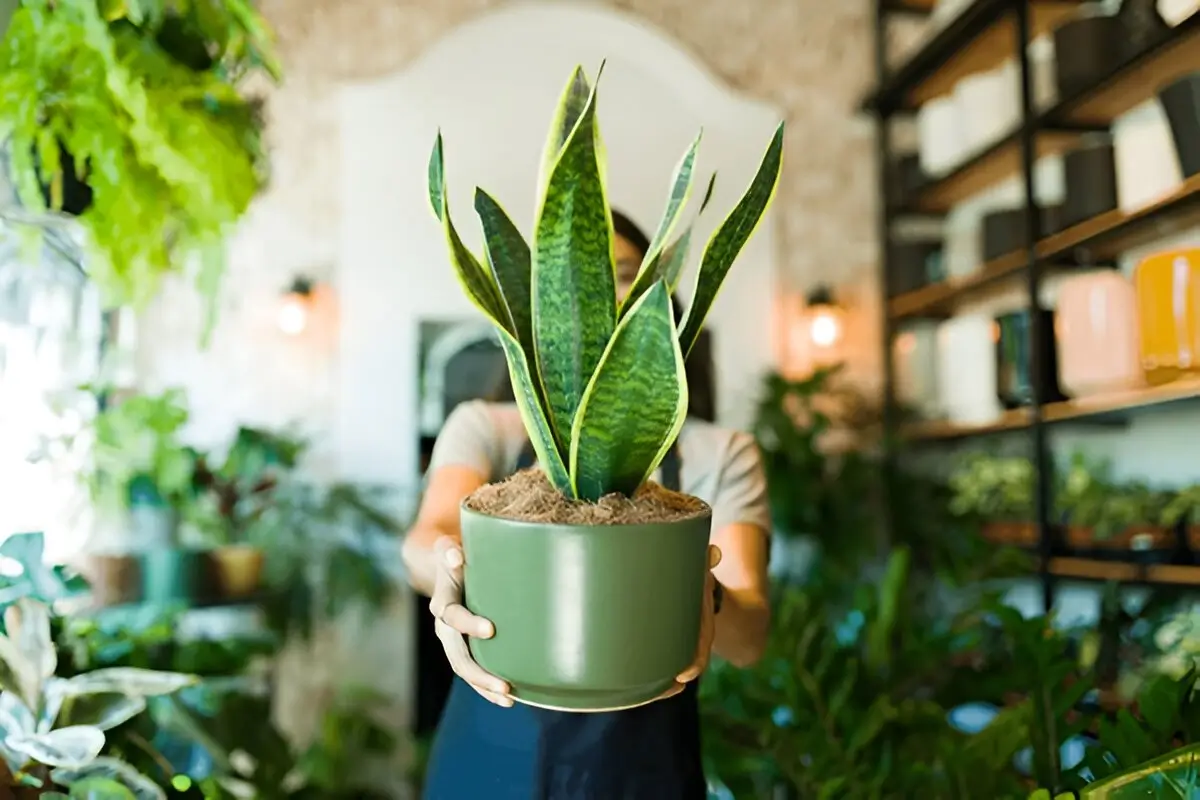
In today’s fast-paced world, where natural light is often limited in urban spaces, low light indoor plants have become a popular choice for homeowners and office decorators alike. These resilient green companions not only brighten dim corners but also purify the air and add a touch of tranquility to any environment. Whether you live in a basement apartment, work in a windowless office, or simply have rooms with minimal sunlight, low light house plants offer an accessible and stylish way to bring nature indoors. In this guide, we’ll explore the best options for indoor plants for low light, provide actionable care tips, and share creative ideas for styling your space with these versatile beauties.
Low sunlight plants are more than just a trend—they’re a practical solution for modern living. From easy-care varieties like the Snake Plant to elegant choices such as the Peace Lily, there’s a perfect match for every aesthetic and skill level. Beyond their functionality, these plants can transform even the darkest corners into vibrant, inviting spaces. So, if you’ve ever wondered, “What is the best indoor plant for low light?”—you’re in the right place. Let’s dive into the world of indoor plants low light and discover how they can elevate your home decor while thriving in challenging conditions.
Why Low Light Indoor Plants Are Perfect for Every Space
The appeal of low light indoor plants extends far beyond their ability to survive in dim environments. These plants are champions of adaptability, making them ideal for spaces that receive minimal sunlight or lack consistent access to natural light. For instance, bathrooms, basements, and offices with limited windows are prime candidates for house plants low light, as they can flourish without direct sun exposure 8. This versatility ensures that no matter your living situation, you can enjoy the benefits of greenery without worrying about harsh lighting requirements.
One of the standout advantages of indoor plants for low light is their air-purifying capabilities. Many low light house plants, such as the Snake Plant and Peace Lily, are known for their ability to filter toxins from the air, improving indoor air quality and creating a healthier environment. This makes them particularly appealing for urban dwellers who may not have access to fresh outdoor air regularly. Additionally, studies have shown that being around plants can reduce stress and boost mood, offering mental health benefits that are especially valuable in low-light settings where natural elements might otherwise feel scarce.
Another reason low light interior plants are so popular is their low-maintenance nature. Unlike sun-loving species that demand constant attention, low sunlight plants require less frequent watering and care, making them perfect for beginners or busy individuals. For example, the ZZ Plant can go weeks without water, while the Pothos thrives on neglect, earning it a reputation as one of the most forgiving houseplants available. This ease of care ensures that even those new to gardening can successfully nurture these resilient greens.
Finally, low light indoor plants add visual interest and texture to any room, enhancing its overall aesthetic. Whether you’re aiming for a minimalist look with sleek ceramic pots or a bohemian vibe with woven baskets, these plants seamlessly integrate into diverse design styles. Their lush foliage provides a refreshing contrast to neutral tones, while trailing varieties like the Philodendron create dynamic vertical accents. By incorporating indoor low light plants , you can effortlessly elevate your decor while enjoying all the functional benefits they bring to your space.
Top 5 Low Light Indoor Plants You Can’t Kill
When it comes to low light indoor plants , some varieties stand out for their resilience and adaptability, making them perfect for beginners or anyone seeking foolproof greenery. Below, we’ll introduce five of the best house plants for low light , each with unique features and care requirements that ensure they thrive even in challenging environments.
1. Snake Plant (Sansevieria)
The Snake Plant, also known as Mother-in-Law’s Tongue, is a true champion among low light house plants . Its tall, upright leaves feature striking patterns of green and yellow, adding a modern touch to any room. What sets this plant apart is its incredible tolerance for neglect—it can survive weeks without water and thrives in both low and indirect light conditions 7. For optimal care, water sparingly (once every two to three weeks) and avoid overwatering, which can lead to root rot. Its air-purifying qualities make it a must-have for any home.
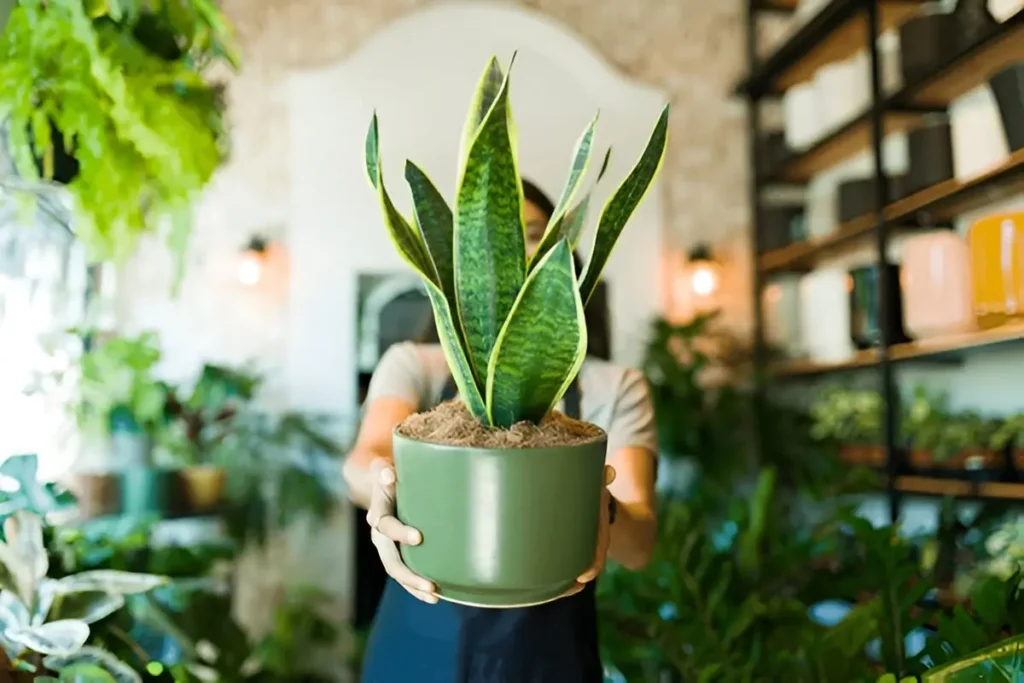
2. Pothos (Epipremnum aureum)
Pothos is a trailing vine celebrated for its heart-shaped leaves and rapid growth, making it one of the most versatile indoor plants for low light . Available in variegated varieties like Golden Pothos or Marble Queen, this plant adds a pop of color and texture to shelves, desks, or hanging baskets. It’s incredibly forgiving, tolerating irregular watering schedules and surviving in spaces with minimal sunlight. Simply trim back leggy stems to encourage bushier growth, and watch it transform your space into a lush oasis.
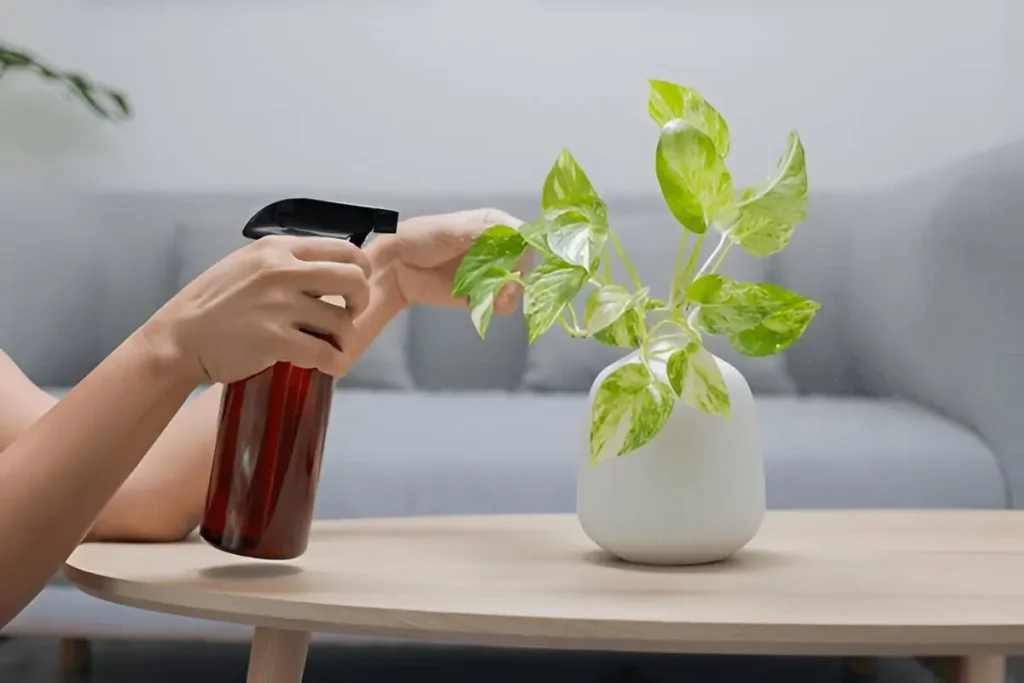
3. ZZ Plant (Zamioculcas zamiifolia)
The ZZ Plant is practically indestructible, earning its reputation as one of the best low light indoor plants for beginners. Its glossy, dark green leaves are not only visually appealing but also highly efficient at photosynthesis, allowing it to thrive in near darkness. This drought-tolerant plant requires infrequent watering—about once a month—and prefers well-draining soil to prevent waterlogged roots. Place it in a corner or on a side table, and let it quietly enhance your decor with its sculptural form.
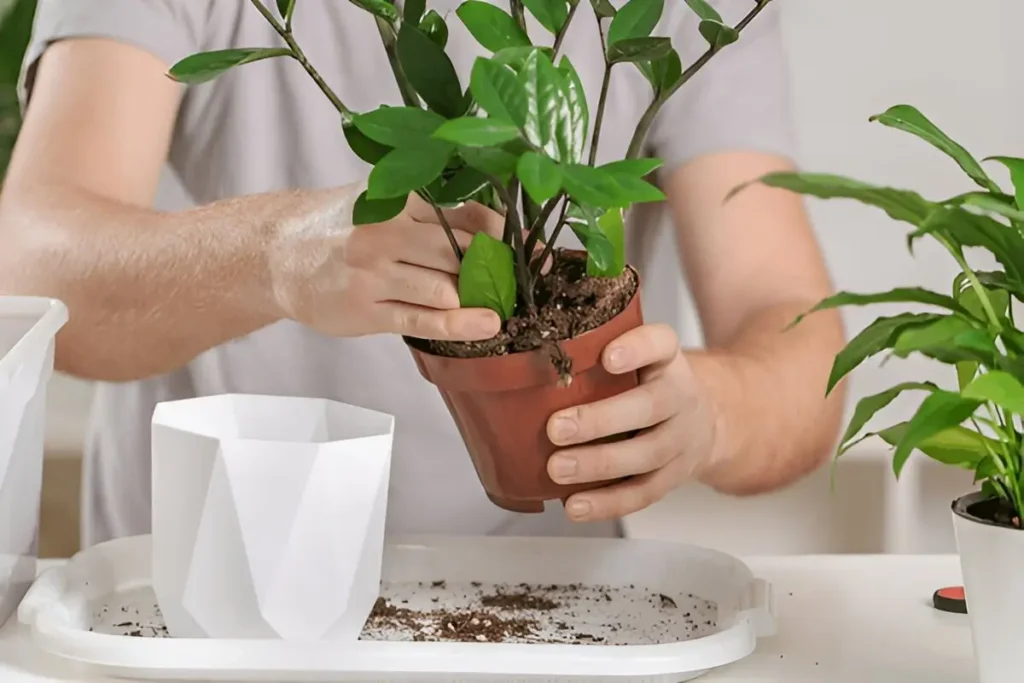
4. Peace Lily (Spathiphyllum)
For those seeking elegance and simplicity, the Peace Lily is an excellent choice among low sunlight plants . Known for its white, sail-like blooms and lush foliage, this plant brings a serene vibe to any room. While it prefers indirect light, it can adapt to low-light conditions, though flowering may be reduced. Keep the soil consistently moist but not soggy, and mist the leaves occasionally to mimic its natural tropical habitat. As a bonus, the Peace Lily is another powerful air purifier, removing toxins like formaldehyde and benzene from the air.
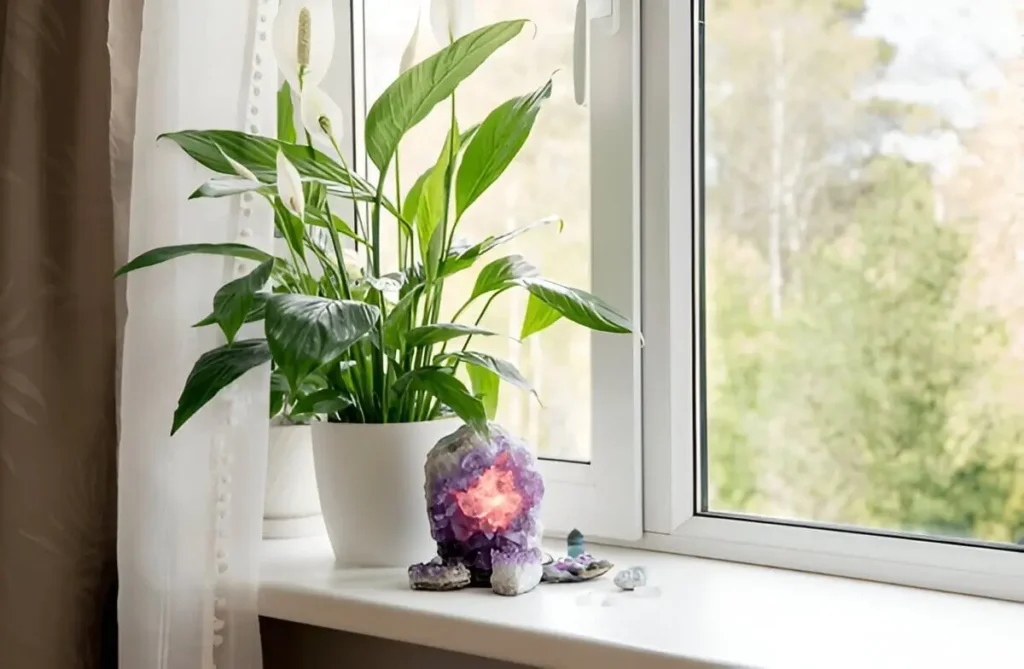
5. Cast Iron Plant (Aspidistra elatior)
True to its name, the Cast Iron Plant is virtually indestructible, making it one of the hardiest low light house plants available. Native to East Asia, this plant thrives in poor lighting and withstands temperature fluctuations, making it ideal for challenging environments like basements or offices. Its deep green, strap-like leaves provide a bold, architectural element to your decor. Water sparingly and allow the soil to dry out between waterings to keep it happy and healthy.
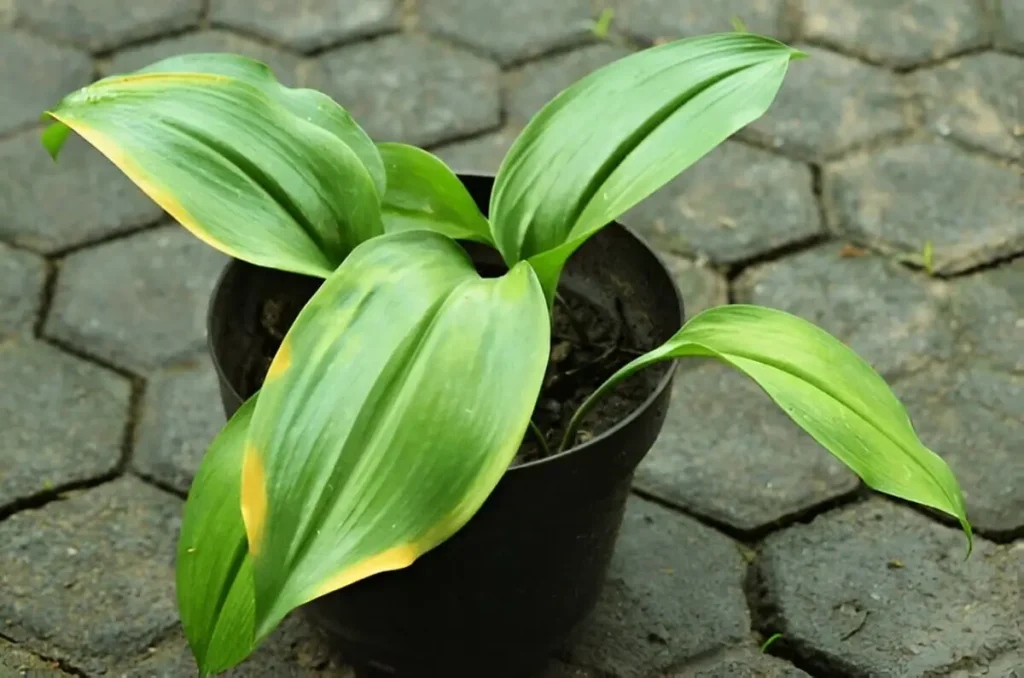
Each of these indoor low light plants offers unique benefits, from air purification to effortless care, ensuring there’s something for everyone. Whether you’re looking to brighten a dim corner or add life to a windowless room, these resilient greens are sure to impress.
How to Care for Low Light Indoor Plants Like a Pro
Caring for low light indoor plants doesn’t have to be complicated, but understanding their specific needs is key to keeping them healthy and thriving. Proper care involves a combination of appropriate watering techniques, selecting the right soil, and avoiding common pitfalls like overexposure to direct sunlight. Here’s how to master the art of nurturing your indoor plants low light like a seasoned gardener.
Watering Techniques
One of the most critical aspects of caring for low light house plants is mastering the art of watering. Overwatering is a leading cause of plant death, especially in low-light environments where evaporation rates are slower. To avoid this, always check the soil moisture before watering. Insert your finger about an inch into the soil—if it feels dry, it’s time to water; if it’s still damp, wait a few more days. For plants like the ZZ Plant or Snake Plant, which store water in their leaves, err on the side of caution and water less frequently, typically every two to four weeks.
Using tools like a moisture meter can take the guesswork out of watering, ensuring your low light indoor plants receive just the right amount of hydration. Self-watering pots are another excellent option for busy plant parents, as they provide consistent moisture without the risk of overwatering. Remember, it’s always better to underwater than overwater when dealing with low sunlight plants.
Choosing the Right Soil
The type of soil you use plays a significant role in the health of your indoor plants for low light . Most low light house plants prefer well-draining soil to prevent water from pooling around the roots, which can lead to rot. A mix specifically formulated for indoor plants, such as a cactus or succulent blend, works well for many low light varieties. Alternatively, you can amend regular potting soil with perlite or sand to improve drainage.
For plants like the Peace Lily, which enjoy slightly moister conditions, a peat-based soil mix retains enough moisture while still allowing excess water to drain away. Always ensure your pots have drainage holes to prevent water from accumulating at the bottom, which can suffocate the roots of your low light interior plants .
Avoiding Overexposure to Direct Sunlight
While low light indoor plants are adapted to thrive in dim environments, they can still suffer from overexposure to direct sunlight. Sudden changes in lighting conditions, such as moving a plant from a shaded area to a sunny windowsill, can cause leaf burn or scorching. If you notice browning or crispy edges on the leaves, it’s likely due to too much light. Instead, place your plants in areas with indirect or filtered light, such as near north-facing windows or under sheer curtains.
For indoor low light plants that tolerate minimal sunlight, consider supplementing their environment with artificial lighting if necessary. LED grow lights are an energy-efficient option that mimics natural sunlight, promoting healthy growth without the risk of overheating 9. Position the lights a few feet above the plants and use them for 10–12 hours daily to simulate a natural day-night cycle.
By following these care tips, you’ll ensure your low light house plants remain vibrant and healthy, even in the most challenging lighting conditions.
Styling Your Home with Low Light Indoor Plants
Incorporating low light indoor plants into your home decor isn’t just about functionality—it’s an opportunity to elevate your space with creativity and style. These versatile greens can transform even the dullest corners into lush, inviting areas, blending seamlessly with your existing aesthetic. From terrariums to hanging planters, there are countless ways to showcase indoor plants low light while adding personality to your home.
Creative Decor Ideas for Showcasing Low Light Indoor Plants
One of the easiest ways to display low light house plants is by grouping them together to create a mini indoor jungle. Cluster smaller plants like Pothos, Snake Plants, and ZZ Plants on a side table or bookshelf to add depth and texture. Mixing different shapes, sizes, and leaf patterns creates visual interest and draws the eye to the arrangement. For a cohesive look, choose pots in complementary colors or materials, such as matte black ceramics or woven baskets, to tie the display together.
Trailing plants like Philodendrons or Golden Pothos are perfect for filling vertical spaces. Hang them in macramé hangers near windows or drape them along shelves to soften sharp lines and add movement to your decor. If you’re short on floor space, consider wall-mounted planters or floating shelves to maximize vertical real estate while showcasing your indoor plants for low light. These solutions are especially effective in small apartments or offices where every inch counts.
Terrariums are another stylish option for displaying low light interior plants . Enclosed glass containers not only protect delicate species like ferns but also serve as stunning centerpieces for coffee tables or dining areas. Layer the base with pebbles, activated charcoal, and soil, then arrange small plants like Baby Tears or Spider Plants inside. Add decorative elements like moss or miniature figurines to personalize your creation.
Pairing Planters and Pots with Your Low Light Greenery
The right planter can make all the difference in how your low light house plants complement your decor. Sleek, minimalist designs work well in modern spaces, while rustic clay pots or woven baskets suit bohemian or farmhouse aesthetics. For a touch of luxury, opt for metallic finishes like gold or copper, which reflect light and draw attention to your plants.
Consider the size and proportions of your planters relative to the plants themselves. Oversized pots can overwhelm smaller specimens, while undersized containers may restrict root growth. Matching the material of your planters to other decor elements—such as wood, metal, or fabric—creates harmony and enhances the overall visual appeal of your space. Don’t be afraid to experiment with unconventional vessels, such as vintage teapots or mason jars, for a quirky, personalized touch.
By thoughtfully integrating low light indoor plants into your decor, you can create a warm, inviting atmosphere that reflects your unique style while celebrating the beauty of nature.
Common Mistakes to Avoid with Low Light Indoor Plants
Even the most resilient low light indoor plants can suffer if certain mistakes are overlooked. Understanding these pitfalls and how to address them will help ensure your indoor plants low light stay healthy and vibrant. Below, we’ll discuss common errors, signs your plants need attention, and troubleshooting tips for issues like yellowing leaves.
Overwatering and Poor Placement
One of the biggest mistakes people make with low light house plants is overwatering. Since these plants grow slower in dim environments, they don’t absorb water as quickly, leading to soggy soil and root rot. To avoid this, always check the soil moisture before watering and adjust your schedule based on seasonal changes. For instance, plants may require less water during winter when growth slows down.
Another frequent error is placing indoor plants for low light in overly dark areas, such as windowless rooms or basements. While these plants thrive in low light, they still need some indirect light to photosynthesize effectively. If your space lacks natural light, consider using LED grow lights to supplement their needs. Position the lights a few feet above the plants and use them for 10–12 hours daily to mimic daylight.
Signs Your Low Light Indoor Plants Need More Attention
Yellowing leaves are often the first sign that something is amiss with your low light house plants . This symptom can indicate overwatering, insufficient light, or nutrient deficiencies. To diagnose the issue, examine the soil—if it’s excessively wet, reduce watering frequency. If the plant appears leggy or pale, it may need more light, either by relocating it closer to a window or adding artificial lighting.
Drooping stems or wilting leaves can also signal distress. For trailing plants like Pothos, this may result from underwatering or prolonged exposure to cold drafts. Adjust your care routine accordingly, ensuring the plant receives consistent moisture and is placed away from vents or doors. Regularly inspect your plants for pests like spider mites or mealybugs, which can thrive in stagnant, low-light environments. Treat infestations promptly with insecticidal soap or neem oil to prevent further damage.
Troubleshooting Yellow Leaves on Low Light Plants
If yellow leaves persist despite adjusting watering and lighting, consider repotting your indoor low light plants into fresh soil. Over time, soil can become compacted or depleted of nutrients, hindering root health. Use a well-draining mix tailored to indoor plants, and ensure the new pot has adequate drainage holes. Prune away severely damaged leaves to redirect energy toward new growth, and fertilize sparingly during the growing season to replenish essential nutrients.
By addressing these common mistakes and recognizing early warning signs, you can maintain the health and vitality of your low light indoor plants , ensuring they continue to thrive in your home.
Beginner’s Guide to Growing Low Light Indoor Plants
Starting your journey with low light indoor plants can be both rewarding and straightforward, provided you follow a few essential steps. This beginner-friendly guide will walk you through selecting the right species, understanding their needs, and equipping yourself with the tools necessary to succeed.
Selecting the Right Species
Choosing the right low light house plants is crucial for success, especially if you’re new to plant care. Opt for hardy varieties like the Snake Plant, Pothos, or ZZ Plant, which are known for their resilience and adaptability. These plants not only tolerate minimal sunlight but also forgive occasional lapses in care, making them ideal for beginners. Research each plant’s specific requirements, such as watering frequency and preferred humidity levels, to ensure you can meet their needs.
When selecting your plants, consider the size of your space and the amount of light available. For small areas, compact options like the Peace Lily or Cast Iron Plant work well, while larger rooms can accommodate statement pieces like the Fiddle Leaf Fig (in low-light conditions). Visit local nurseries or browse online retailers to find healthy specimens with vibrant foliage and no visible signs of pests or disease.
Understanding Plant Needs
To grow indoor plants for low light successfully, it’s important to understand their basic needs. Most low light plants prefer well-draining soil and infrequent watering, as excessive moisture can lead to root rot 8. Invest in a moisture meter to monitor soil conditions accurately, and establish a consistent watering schedule based on your plant’s preferences.
Lighting is another critical factor. While these plants thrive in low light, they still benefit from indirect sunlight or supplemental artificial lighting. Place them near north-facing windows or under sheer curtains to provide gentle illumination, and avoid exposing them to direct sunlight, which can scorch their leaves. If natural light is scarce, consider using LED grow lights to support photosynthesis and promote healthy growth.
Essential Tools for Caring for Low Light Indoor Plants
Equipping yourself with the right tools can make caring for low light indoor plants much easier. Start with a high-quality watering can with a narrow spout to deliver water precisely where it’s needed. A pair of pruning shears is also essential for trimming dead or leggy growth, encouraging bushier foliage and maintaining your plant’s shape.
For monitoring soil moisture, a moisture meter is invaluable, helping you avoid overwatering or underwatering. Self-watering pots or reservoir systems are excellent investments for busy plant owners, ensuring consistent hydration without daily intervention. Finally, invest in a spray bottle for misting humidity-loving plants like the Peace Lily, replicating their natural tropical environment.
Best Locations in Your Home for Low Light Indoor Plants
Strategic placement is key to maximizing the potential of your low light house plants . North-facing windowsills, bathrooms, and offices are ideal spots for these greens, as they provide indirect light without overwhelming them. Taller plants like the Snake Plant or Fiddle Leaf Fig can fill empty corners, while trailing varieties like Pothos or Philodendron thrive on shelves or hanging planters.
Avoid placing your plants near heating vents, drafty doors, or cold windows, as sudden temperature fluctuations can stress them. Instead, position them in stable environments where they can flourish undisturbed. With thoughtful placement and proper care, your low light indoor plants will transform your home into a lush, inviting sanctuary.
Conclusion: Embrace the Beauty of Low Light Indoor Plants
Throughout this guide, we’ve explored the remarkable versatility and resilience of low light indoor plants , showcasing how they can transform even the darkest corners of your home into vibrant, inviting spaces. From the hardy Snake Plant to the elegant Peace Lily, these greens not only thrive in challenging lighting conditions but also purify the air, reduce stress, and enhance your decor with their lush foliage. Whether you’re a seasoned plant enthusiast or a complete beginner, the ease of care and adaptability of indoor plants low light make them an excellent addition to any space.
Now that you’re equipped with knowledge about the best low light house plants, creative styling ideas, and essential care tips, it’s time to take action. Consider starting with one or two beginner-friendly options like the ZZ Plant or Pothos, and experiment with different placements and decor styles to see what works best for your home. Share your experiences in the comments below—what’s your favorite low light indoor plant , and how has it transformed your space? By embracing the beauty of low light indoor plants , you can create a healthier, happier environment that celebrates the enduring charm of nature, no matter how little sunlight you have.
RELATED POSTS
View all
